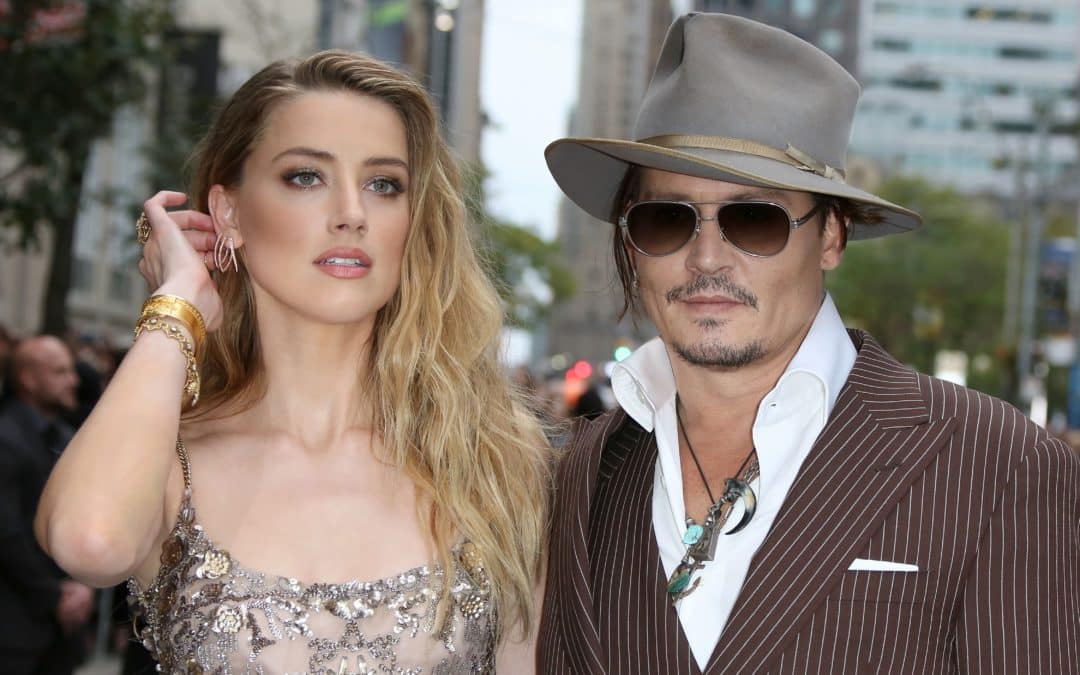DARVO (Deny, Attack and Reverse Victim and Offender) is a form of manipulation used by bullies to deflect responsibility onto the person they have abused.
Deny – The person accused of the abusive behaviour denies it, throwing doubt on the other person’s account of the story. They’ve dreamt it up, it never happened, they are over-sensitive, have you noticed that they are a little bit crazy?
Attack – They attack their victim, possibly accusing them of the very same behaviour. Their communication is the problem here, they started it, they are unreasonable, I’m special and shouldn’t have to put up with this.
Reverse Victim and Offender – The perpetrator portrays themselves as a victim. They flip the blame onto the other person, who could now be perceived as the chief offender, rather than the actual victim of abuse or bullying. Why is it always me, I’m guilty of being too trusting/kind/honest, I’m just doing my best here, poor me, you are being unfair.
I’m sure you’ll recognise this dynamic. It’s a real minefield for managers and HR departments who need the Wisdom of Solomon to unpack it.
When the bully takes up the victim position they manipulate others to protect them from the perceived bully, the real victim. Kind Mother Hen Managers with rescuing tendencies can fall into this trap if they aren’t aware of it. It’s a cruel double whammy for the victim. They haven’t been listened to when they spoke up and now they are being discredited. It’s why people who are the receiving end of bad behaviour can be reluctant to flag it up, for fear of it backfiring like this.
The Amber Heard/Johnny Depp trial is an example of DARVO: who was the real victim? One from the history books is the story of Rear Admiral Leslie Gehres. He was the autocratic commanding officer of the aircraft carrier USS Franklin which was badly damaged by a Japanese air attack in March 1945.
An enemy aircraft had been spotted 30 miles off, but Gehres didn’t take action, leaving his ship less than fully ready for battle. A single plane dropped two bombs full on, killing 807 people and wounding more than 487, the highest casualty of any US fleet carrier that survived World War II. It was terrifying. Ammunition exploded, aircraft fuselages melted and rivers of burning fuel poured across the deck. To avoid being burned to death, wounded crew members jumped into the sea.
Franklin denied his errors and instead attacked the crew. He blamed them for nearly losing the ship and accused them of desertion. He reversed victim and offender. He portrayed himself as the hero who had saved the ship. Wounded men who had jumped or been blown off the ship were refused re-entry. Gehres threatened to court martial them because they had not been given the order to abandon ship. He barred many crew from attending a memorial service for fallen shipmates and made sure none of them received a medal.
Gehres and ten of his officers were awarded the Navy Cross for heroism. However, the public support for the crew members, many of whom suffered terrible burns, led to all charges being dropped. The treatment of the crew of USS Franklin is now acknowledged as a great injustice.
What do you think of DARVO? If you have any questions or observations I’d love to hear from you: zena@zenaeverett.com
I help with people and productivity problems. Talk to me about my executive and leadership coaching and leadership programmes. I combine business school best practice with practical skills. No fluff, no judgement. We’ll work on realtime business problems so you see instant impact.
07968 424650
zena@zenaeverett.com

